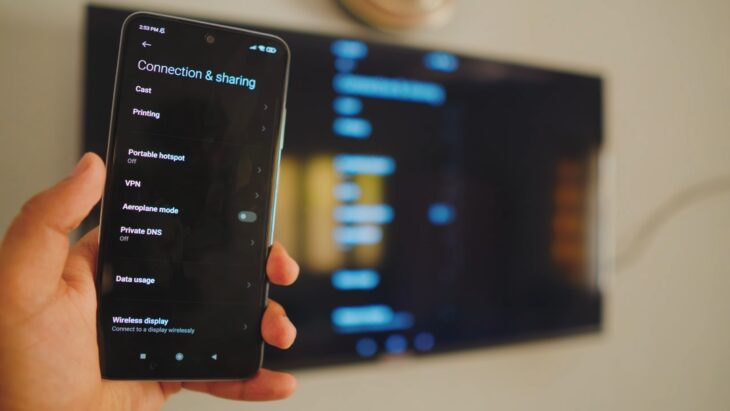We’ve all been there. You want to showcase photos from your last vacation, binge-watch your favorite series, or present a PowerPoint deck to your team. You think, “I’ll just mirror my screen to the TV or projector.” But, alas, the technology gods are not smiling upon you.
Your screen mirroring is not working. Fear not, for you’re not alone, and more importantly, it’s often fixable. In this blog post, we’ll explore the reasons behind screen mirroring issues across different devices and offer step-by-step solutions to get you back on track.
By the end, you’ll not only be well-equipped to fix any screen mirroring problems but also to understand the underlying mechanisms that make it work (or sometimes not).
Table of Contents
ToggleThe Basics You Need to Know
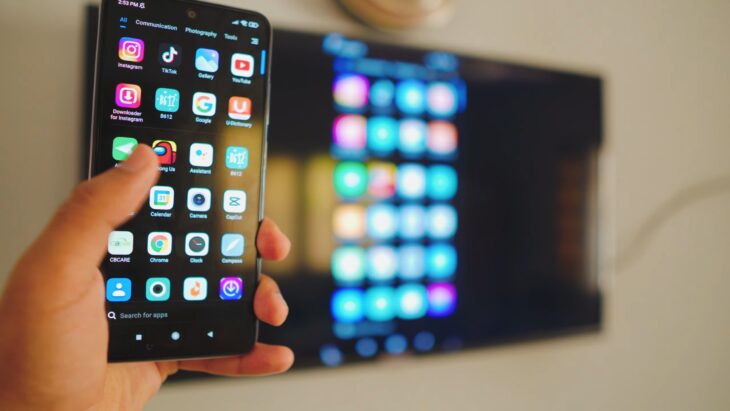
Screen mirroring is a feature that allows you to duplicate your device’s screen onto a TV, computer, or other display. It’s particularly useful for presentations, streaming media, or simply sharing content with a larger audience.
How Does It Work?
Screen mirroring works by using protocols like Miracast, AirPlay, or Google Cast. These technologies facilitate a direct connection between your device and the external display. Some use a Wi-Fi network, while others can also work with Bluetooth or other connectivity options.
Why It’s Popular?
It has gained popularity because of its convenience and versatility. You can share any form of content, whether it’s a photo, video, or even an interactive app, with minimal setup. This makes it ideal for both professional and personal uses.
Common Reasons for Screen Mirroring Issues
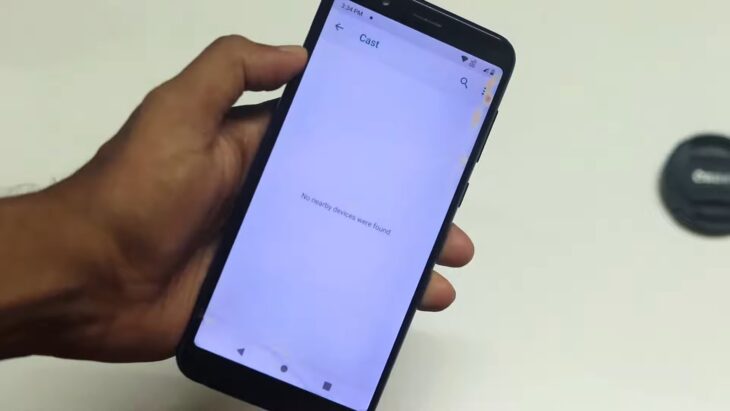
Before diving into how to fix the issue, it’s crucial to understand the common problems that could be causing your screen mirroring to fail. These problems can usually be divided into three broad categories.
Wi-Fi Connection Problems
- Weak Signal: A poor Wi-Fi signal can disrupt the data transmission between the devices.
- Incompatible Networks: Make sure both devices are connected to the same network. A mismatch can result in connection failures.
- Network Congestion: If too many devices are using the network, the bandwidth may not suffice for smooth screen mirroring.
Hardware Limitations
- Older Models: Older devices may not support screen mirroring or might not be compatible with current technologies.
- Port Issues: Physical ports like HDMI may be malfunctioning or incompatible.
- Display Limitations: The TV or projector itself might have settings that need adjustment or updating.
Software Glitches
- Outdated Software: Both your device and your display may need updates to ensure compatibility.
- App Conflicts: Certain apps may not support screen mirroring.
- Device Restrictions: Some devices have built-in security settings that limit screen mirroring.
How to Fix Screen Mirroring on Various Devices
Now that you have a good grasp of the potential issues let’s go ahead and explore how to fix them. The approach will differ slightly depending on whether you’re using an Android device, an Apple device, or a Windows system.
Android Devices
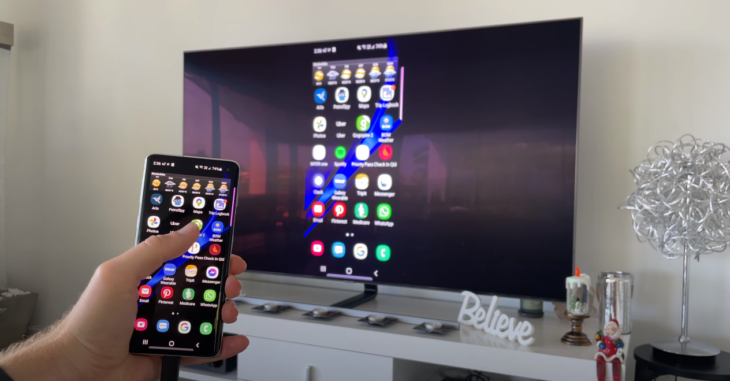
Check for Updates
Start by ensuring that your Android OS and screen mirroring app (if applicable) are up to date. You can do this by going to “Settings” > “System” > “Software Update”.
Reset Network Settings
Navigate to “Settings” > “General Management” > “Reset” > “Reset Network Settings”. This action will restore all your network-related settings to their default configuration, potentially fixing any glitches affecting screen mirroring.
Check Compatibility
Ensure that your Android device and the screen you’re trying to mirror to both support Miracast or Google Cast. If only one device supports the technology, you won’t be able to establish a connection.
Apple Devices
Update Software
On your iPhone, iPad, or Mac, go to “Settings” > “General” > “Software Update” to make sure you have the latest software.
AirPlay Troubleshooting
If you are using AirPlay for screen mirroring, restart both your Apple device and the Apple TV or other AirPlay-compatible device you are trying to use. Sometimes, a simple restart fixes connectivity issues.
Check Wi-Fi and Bluetooth
Both your Apple device and your AirPlay device should be connected to the same Wi-Fi network. Also, enabling Bluetooth can sometimes facilitate a better connection.
Windows Systems
Check for Updates
For Windows 10 or 11, go to “Settings” > “Update & Security” > “Windows Update,” and click on “Check for updates.” Make sure your PC is up-to-date to ensure compatibility.
Run Troubleshooter
Windows comes with a built-in troubleshooter for Miracast. Navigate to “Settings” > “Update & Security” > “Troubleshoot” > “Additional Troubleshooters,” and then select the Miracast troubleshooter.
Check Drivers
Outdated or corrupt drivers could also be the culprit. Make sure your graphics drivers and Wi-Fi drivers are up to date. You can update these from the Device Manager in your Control Panel.
Screen Mirroring Alternatives
If you’ve tried everything and your screen mirroring still isn’t working, there are alternative methods for sharing with an audience.
Wired Connections
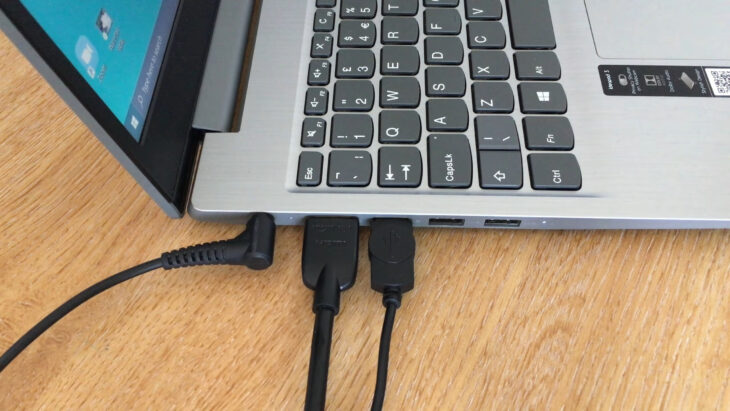
- HDMI: The most straightforward method.
- VGA: An older but still commonly used standard.
- USB-C to HDMI: Useful for newer laptops and smartphones.
Third-Party Software
- Zoom or Teams: For presentations, you can use the screen-sharing features in meeting software.
- Chromecast: Cast your screen using Google’s Chromecast dongle.
Hybrid Solutions
- Slimport or MHL: These technologies use your device’s micro-USB or USB-C port to output to HDMI.
- DLNA: This is a set of protocols for sharing media over a network, although it is more restricted in terms of interactive functionality compared to screen mirroring.
Additional Tips and Tricks
Sometimes, even after fixing the obvious issues, screen mirroring may not offer the smoothest experience. Laggy connections, poor resolution, or intermittent disconnections can still occur. Here are some extra tips and tricks to enhance your screen mirroring experience.
Optimize Wi-Fi Settings
1. Channel Selection
Most Wi-Fi routers auto-select the channel they operate on, but this might not always be optimal. Use a Wi-Fi analyzer app to see which channels are less crowded and manually set your router to one of those.
2. Quality of Service (QoS)
Many modern routers come with a Quality of Service feature that allows you to prioritize specific types of traffic. Prioritizing your device for screen mirroring can improve performance.
3. Mesh Networks
For larger environments, consider using a mesh network. This ensures that your devices always connect to the strongest Wi-Fi signal, improving the stability of your screen mirroring.
Adjust Device Settings
1. Resolution
Lowering the screen resolution of your device can sometimes make screen mirroring smoother. A lower resolution requires less bandwidth, which can improve performance.
2. Battery Settings
Some devices throttle performance when the battery is low. Make sure your device is adequately charged or plugged in for the best screen mirroring experience.
3. Background Apps
Close unnecessary apps running in the background. These apps could be consuming system resources, affecting the performance of screen mirroring.
FAQs
Can You Screen Mirror Multiple Devices at the Same Time?
Generally, most commercial screen mirroring technologies focus on one-to-one connections, meaning you can only mirror one device at a time to a single display. However, some specialized software and hardware solutions do exist for educational and corporate settings that allow multiple devices to be mirrored to a single display simultaneously.
How Do I Mirror Only Certain Windows or Applications?
Screen mirroring usually duplicates your entire display. However, if you want to share only a specific window or application, you might want to use third-party software like Zoom or Microsoft Teams. These applications allow you to choose which parts of your screen to share, rather than mirroring the entire display.
Does Screen Mirroring Work Over Mobile Data?
Standard screen mirroring protocols like Miracast, AirPlay, or Google Cast typically require a Wi-Fi network to function. They generally do not work over mobile data. However some third-party apps claim to offer this capability, but these often require additional hardware or have limitations in terms of functionality and quality.
What’s the Difference Between Screen Casting and Screen Mirroring?
While the terms are often used interchangeably, they do differ slightly. Screen mirroring duplicates your device’s display onto another screen. Screen casting, on the other hand, sends a video or multimedia file to play on another display but allows you to continue using your device for other tasks.
Does Screen Mirroring Introduce Lag or Latency?
Yes, screen mirroring can introduce a slight lag or latency, depending on various factors like Wi-Fi strength, the devices being used, and the protocols in play. For basic tasks like presentations or photo sharing, this is usually not noticeable. However, for real-time applications like gaming, latency can be a significant issue.
Can Screen Mirroring Be Done in 4K or Higher Resolutions?
The ability to mirror in 4K or higher resolutions depends on multiple factors, including the capabilities of both the sending and receiving devices and the technology being used for mirroring. Modern protocols and hardware generally support higher resolutions, but always check the specifications to ensure compatibility.
Final Words
Screen mirroring is a fantastically convenient feature when it works, but it can cause a great deal of frustration when it doesn’t. Hopefully, with this guide, you have a better understanding of what could go wrong and how to fix it. From connection issues to software glitches, the solutions are usually straightforward once you know what to look for.
So the next time you find yourself asking, “Why is my screen mirroring not working?”, remember: troubleshooting is a process of elimination. You’re now armed with the tools to solve the problem or at least to better understand why it’s happening.
